Dear Reader, in this age of AI created content, please support with your goodwill someone who works harder to provide the human-made. Sign up at the top of the lefthand column or bottom of this page. You will receive my hand illustrated monthly newsletter RESTORE NATURE and access to the biodiversity garden design course as I write...and nothing else, I respect your time. I am also removing the advertizing as best I can as its become intrusive inappropriate and pays me nothing.
Water-wise planting in Mediterranean gardening
part 2
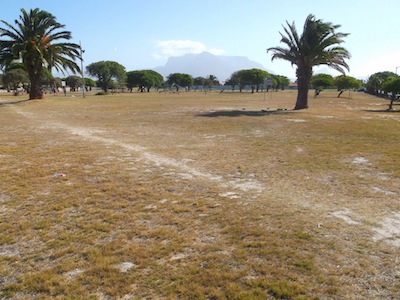 Our park lawns in high summer
Our park lawns in high summerThis article on water-wise planting follows one on developing planting ideas that are appropriate for your locality as a Mediterranean gardener. This page will deal with three basic generalizations about planting that manage and conserve water in any dry environment
Take out the lawn !
Plan for a garden without lawns. Use lawn alternatives or reduce the size of the lawn. Replace exotic grasses with hardy indigenous ones (van Jaarsveld 2010:21).
I don’t think this compromise goes far enough as water is required to make the indigenous grasses green in summer. Grass lawns are the most water intensive garden element. At the time of writing of Gildemeister’s book on Mediterranean gardens (1995), about 70% of the water in San Francisco went on lawns.
Since then an eight year drought in California has produced a change of mind set and most people who were prosocial got rid of their lawns for the sake of the common good. However, according to current online statistics, most gardens in California are still ‘overwatered’ depleting the soil of nutrients and creating weak dependent vegetation.
South Africans have had drought for two years and the shift in mindset among the privileged is taking place, but many gardeners still cling to the notion of a lawn as if it were an inevitable part of gardening. If we go back to our fundamental principles of getting ‘real’, lawns make no sense. They come from Eurocentric thinking in which the English aristocrat’s estate with its meadows of green grass produced by high rainfall and grazing sheep is the original influence, and hidden aspiration.
Trying to achieve this effect in a garden in an arid zone like ours is going to lead to ecological disaster, and now it has. Yet lawns remain an ideal in some of the most surprising heads, people who should know better or be able to think outside the box botanically and artistically. You can find out more about lawn design using wild plants here.
sun loving ground covers in water-wise planting
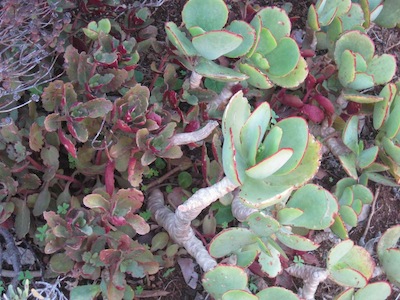 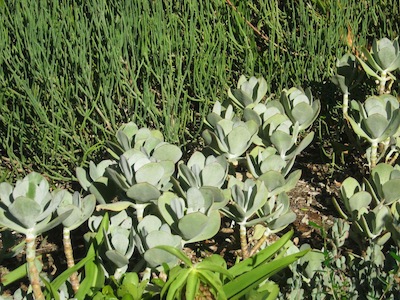 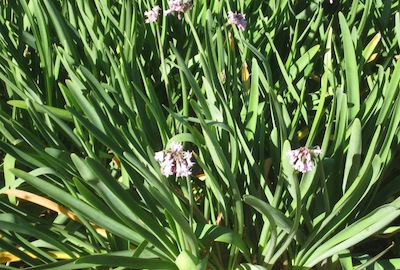 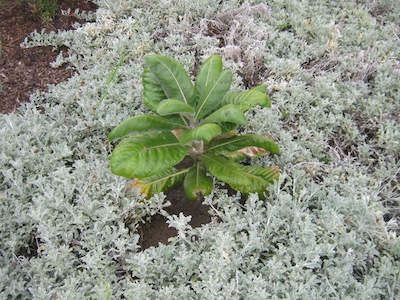 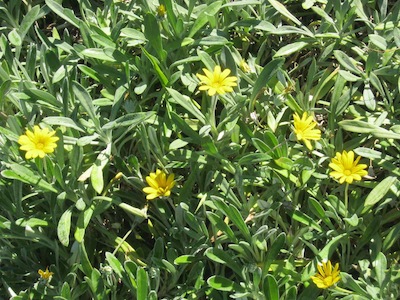 |
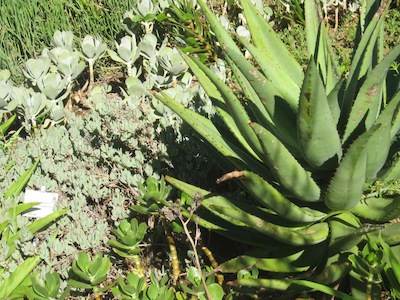 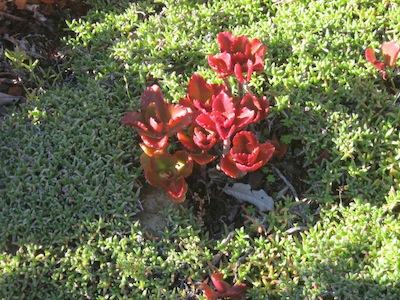 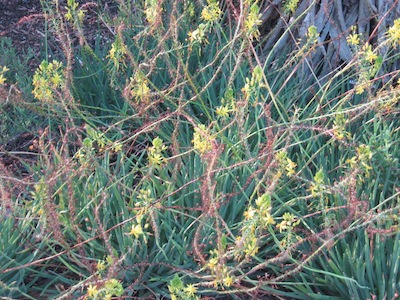  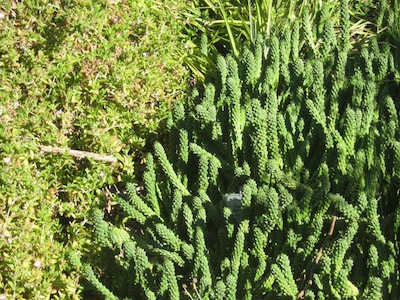 |
Lawn alternatives for water-wise planting
In dry zones, as they did in the Mediterranean before a fever for English gardening took over, you can use paving and ground covers to create horizontal elements, or areas for sitting in the garden, which is the purpose of lawns.
There are many replacements with a more interesting rather than a mainstream garden-out-of-a-seventies-catalog appearance.
Mixed paving and grass instead of lawn is an attractive if higher maintenance option than ground cover or paving.
A single low growing species of ground cover will achieve the same tranquil, bland, horizontal effect as lawn. The selection is vast.
Wooden decks, paving broken with low plantings like spreading vines, succulent carpets, herbs, and gravel also create the horizontals that lawns do.
Ground covers for shade and semi-shade in water-wise planting
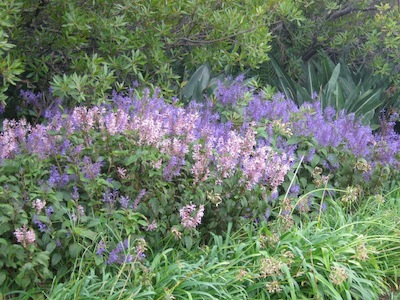 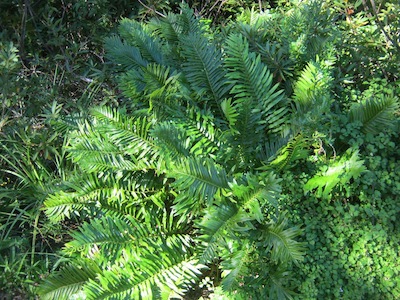 |
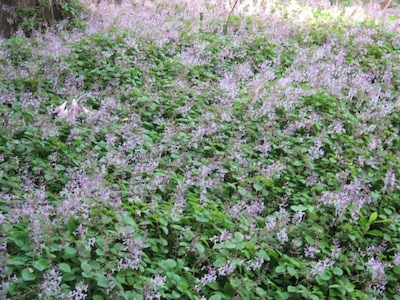 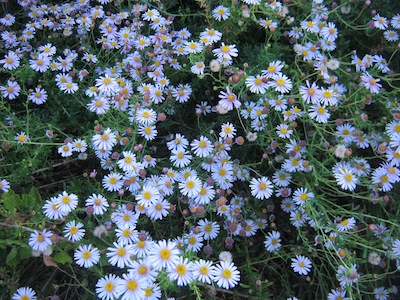 |
Why lawns are a no-no in water-wise planting
According to Gildemeister (1995), lawns need so much water they need irrigation on a separate line to the rest of the garden. They also need different clipping regimes, a lot of fertilizing, and
I’ve heard that herbicides, fungicides and insecticides are often used to keep them e green, which damage your garden’s ecology by killing fungi and insect predators, as well as bees and birds, so that it ceases to be self regulating.
In my opinion, this hardly seems worth the expense and ecological and social damage. When you have readjusted your paradigm and become used to the beauty of lawn free gardens the attachment to them seems nothing but bizarre.
In South Africa lawns represent an aesthetic emptiness, slavish conventionality, lack of creativity in finding alternatives and antisocial insensitivity to the situation of the greater population in a water crisis.
This is never watered, and you want grass ?
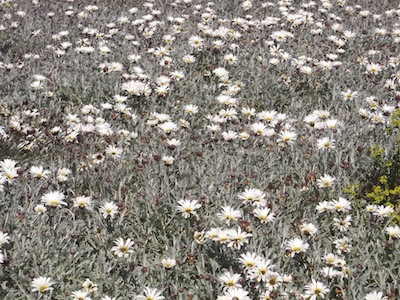
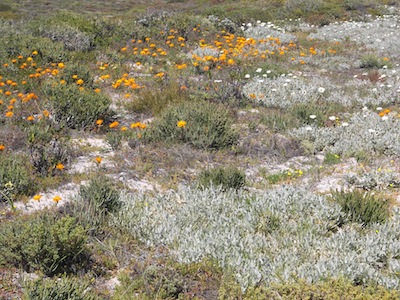
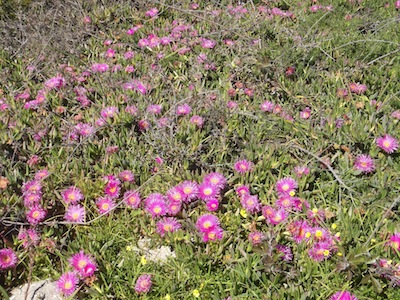
What fits on the Riviera is a misfit here
Gildemeister (1995) seems to give an inward sigh about the fashion for inappropriate ‘British’ gardening aesthetics on the Riviera, and states that if you must have lawn, at least try and make do with a small circle that is just enough to be watered by a single sprinkler head. If you have only a little water let the lawn die, rather than your other plants. It will probably recover with the rainy season. Gildemeister recommends situating any lawn you have under tall moving shade, and keeping the grass longer as it conserves water. But that is the Mediterranean. Our winter rainfall areas along the coast are by comparison a desert and require that lawns be entirely eliminated.
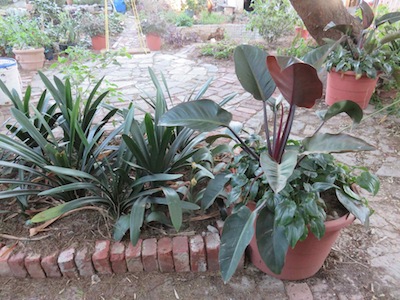 shady water-wise champions: paving, pots, clivias
shady water-wise champions: paving, pots, cliviasWater-wise planting under trees
Van Jaarsveld finds that with our climate and soils it is better that areas under trees be replaced with ground covers, due to competition for nutrients (van Jaarsveld 2010:21). I’ve found that even shade loving ground covers like Plectranthus struggle under trees like Acacia karoo, and I resorted to paving, growing in pots or planting Clivias and Haemanthus, the only plants which seem to cope with the competition. However, I do not have access to his wealth of experience and horticultural knowledge which can be seen in the beauty of the big Plectranthus beds under trees at Kirstenbosch, it is possible.
Cover the ground
Create shade and plant cover over the whole garden. In ‘English’ garden aesthetics according to Gildemeister (1995:66), leaf shape is a predominant concern. In Mediterranean climates it should be covering the ground.
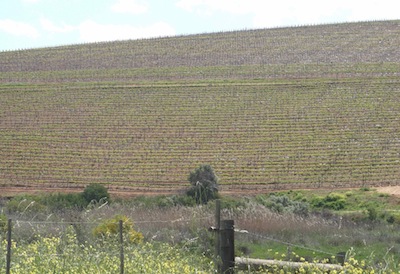 The bloody hills of Darling, can a wound this large heal ?
The bloody hills of Darling, can a wound this large heal ?The geoderm and water-wise planting
This wisdom is translated into Permaculture idiom by the term ‘geoderm’, or the skin of the earth. Earth without ‘skin’ is wounded, like a human without skin. This is not anthropomorphism but metaphor for soil conservation catastrophe. If a human loses skin, their body goes into shock and water and mineral crisis. So too the earth. An area which is naturally denuded, say by an earthquake, landslide or bulldozers is like a wound. It will erode and form hard crusts. Nature works overtime to cover the wound with a layer that prevents desiccation, compaction and erosion. These covering plants are called ‘pioneers’ in ecological terms.
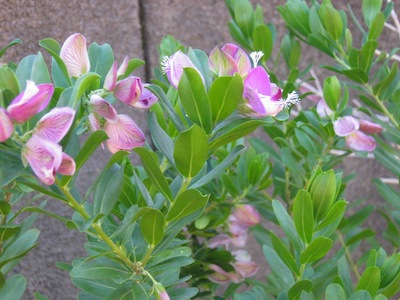 One of the pioneer shrubs, Podalyria in the pea family
One of the pioneer shrubs, Podalyria in the pea familyPioneers serve water-wise planting
A well planned garden will be established using these local pioneers, which will slowly be replaced by more permanent vegetation you have planted. Plan the garden for shading in several tiers of height, tall trees, bushes, herbs and ground covers.
But let the sunshine in !
A tip from permaculture is to place the trees so that your garden is not deprived of sun. In Australia it is so hot that some moving shade will help Mediterranean plants from Europe survive, but even in South Africa, a large tree blocking the garden’s light and planted in the path of the sun will lead to less diversity in the garden and fewer fruit and flowers.
Tier the vegetation with the tallest plants on the furthest side from the sun’s path, that is in the south in the southern hemisphere and the north in the northern hemisphere. I made this mistake and regret it frequently, especially in a small garden it is important. That said, a tall tree full of birds, dropping lovely mulch all year is a blessing.
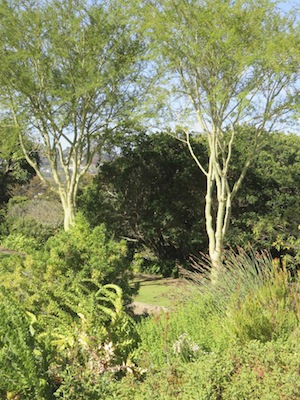 tall fever trees supply moving shade for water-wise planting
tall fever trees supply moving shade for water-wise plantingTrees are part of water-wise planting and saving energy
Trees, especially in urban areas cause a 5-10 % drop in temperature (Gildemeister 1995:66). This represents a huge energy saving in affluent cultures that use air conditioning. Moving shade from tall overhead trees benefits Mediterranean vegetation. This may be more true of European Mediterranean plants, as the South African winter rainfall region is hotter and drier, and the largest tracts are truly deserts. However, even Aloe arborescens can grow under trees quite well in my experience.
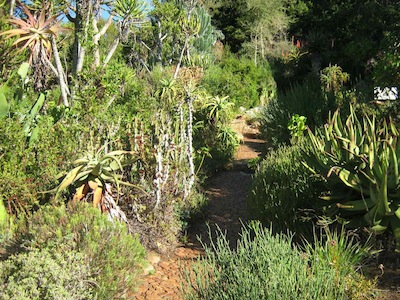 a grand scale grouping for water requirements, the succulent garden at Kirstenbosch sits on an artificial drainage bed of rock, stone and gravel
a grand scale grouping for water requirements, the succulent garden at Kirstenbosch sits on an artificial drainage bed of rock, stone and gravelGroup plants for water needs
Plants with high, medium and low water requirements should be separated spatially.
Winter rains are sufficient for Mediterranean natives as that is how they have evolved. Some plants from wetter climes can be watered once a week and others two to three times weekly. Plant these near a lawn if possible, which will likely have a similar high need for water.
Place containers where they are convenient for frequent monitoring and water each according to the needs of the containerized plants, which are susceptible to drying out or overheating.
For plants with high water demands, rely on winter rain, and limit irrigation to plants which really would die without irrigation.
Water lovers
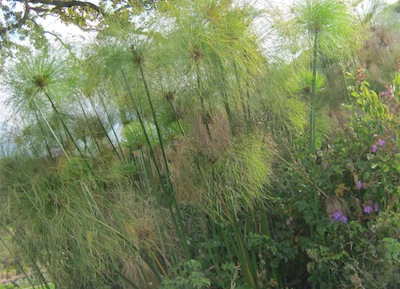 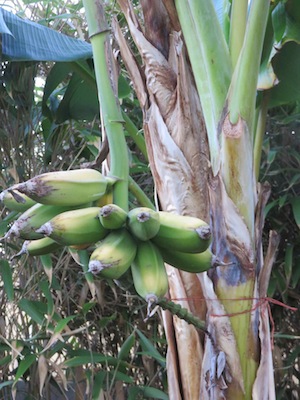 |
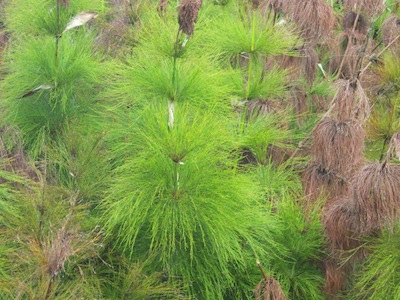 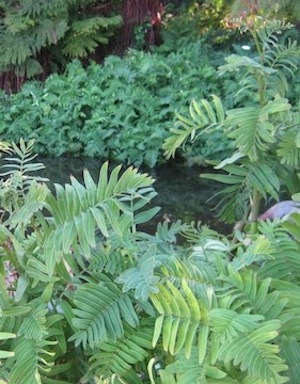 |
The dangers of over watering
All other watering is overwatering. It does not benefit the plants if they don’t need it. Overwatering actually makes plants fragile when dry times come, and leaches the soil.
If plants like orchids are stressed during hot sunny days in the wet season, spray their leaves with water (Gildemeister 1995:70).
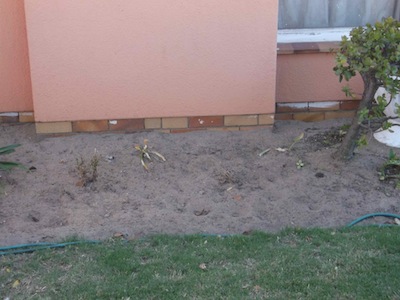 typical earth wounding and irrigation priorities in my area
typical earth wounding and irrigation priorities in my areaIrrigation and water-wise planting
Plant grouping is integrated with water supply lines. Install all irrigation before planting, and use drip irrigation preferably, if you need to irrigate. Change from an irrigation timer to need response that you activate manually, after inspecting the garden to see where water is required. Lay your supply hoses underground for aesthetic reasons. Sprinklers are not good for high vegetation as they encourage fungus.
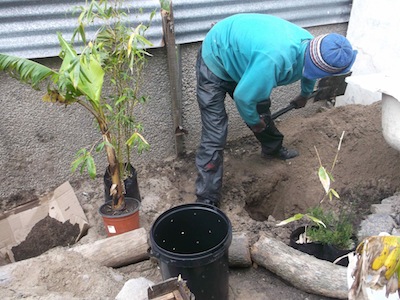 Guerilla House designers build cost effective grey water systems: the drilled bucket goes in the hole, is filled with sawdust and surrounded by water lovers:banana, bamboo, and Elegia capensis (right), an indigenous Restio.
Guerilla House designers build cost effective grey water systems: the drilled bucket goes in the hole, is filled with sawdust and surrounded by water lovers:banana, bamboo, and Elegia capensis (right), an indigenous Restio.Grey water use and water-wise planting
Use grey water. I would recommend
that you always use it, and not just in a drought as Gildemeister suggests.
Local permaculture designers are brilliant at incorporating low cost grey water
supply into the small garden and integrating it with plant grouping. They use sawdust
filters and a sawdust filled trench. Plants which love plenty of water and nutrients
are placed closest to the grey water source, and less needy plants further along
the trench.
The next article in the series
This article was about excluding lawns, covering the ground and grouping plants for their water requirements as means of conserving water with your planting. The next article is on soil, transplanting and positioning of plants from a water-wise perspective.
------
home page for links to lots of useful information on resource saving gardening
------
natural garden design and its benefits
------
album of lawn replacements and ground covers
------
------
pictures of water-wise Mediterranean climate gardens
Restore Nature Newsletter
I've been writing for four years now and I would love to hear from you
Please let me know if you have any questions, comments or stories to share on gardening, permaculture, regenerative agriculture, food forests, natural gardening, do nothing gardening, observations about pests and diseases, foraging, dealing with and using weeds constructively, composting and going offgrid.
SEARCH
Order the Kindle E-book for the SPECIAL PRICE of only
Prices valid till 30.09.2023
Recent Articles
-
garden for life is a blog about saving the earth one garden at a time
Apr 18, 25 01:18 PM
The garden for life blog has short articles on gardening for biodiversity with native plants and regenerating soil for climate amelioration and nutritious food -
Cape Flats Sand Fynbos, Cape Town's most endangered native vegetation!
Apr 18, 25 10:36 AM
Cape Flats Sand Fynbos, a vegetation type found in the super diverse Cape Fynbos region is threatened by Cape Town's urban development and invasive alien plants -
Geography Research Task
Jan 31, 25 11:37 PM
To whom it may concern My name is Tanyaradzwa Madziwa and I am a matric student at Springfield Convent School. As part of our geography syllabus for this
"How to start a profitable worm business on a shoestring budget
Order a printed copy from "Amazon" at the SPECIAL PRICE of only
or a digital version from the "Kindle" store at the SPECIAL PRICE of only
Prices valid till 30.09.2023







